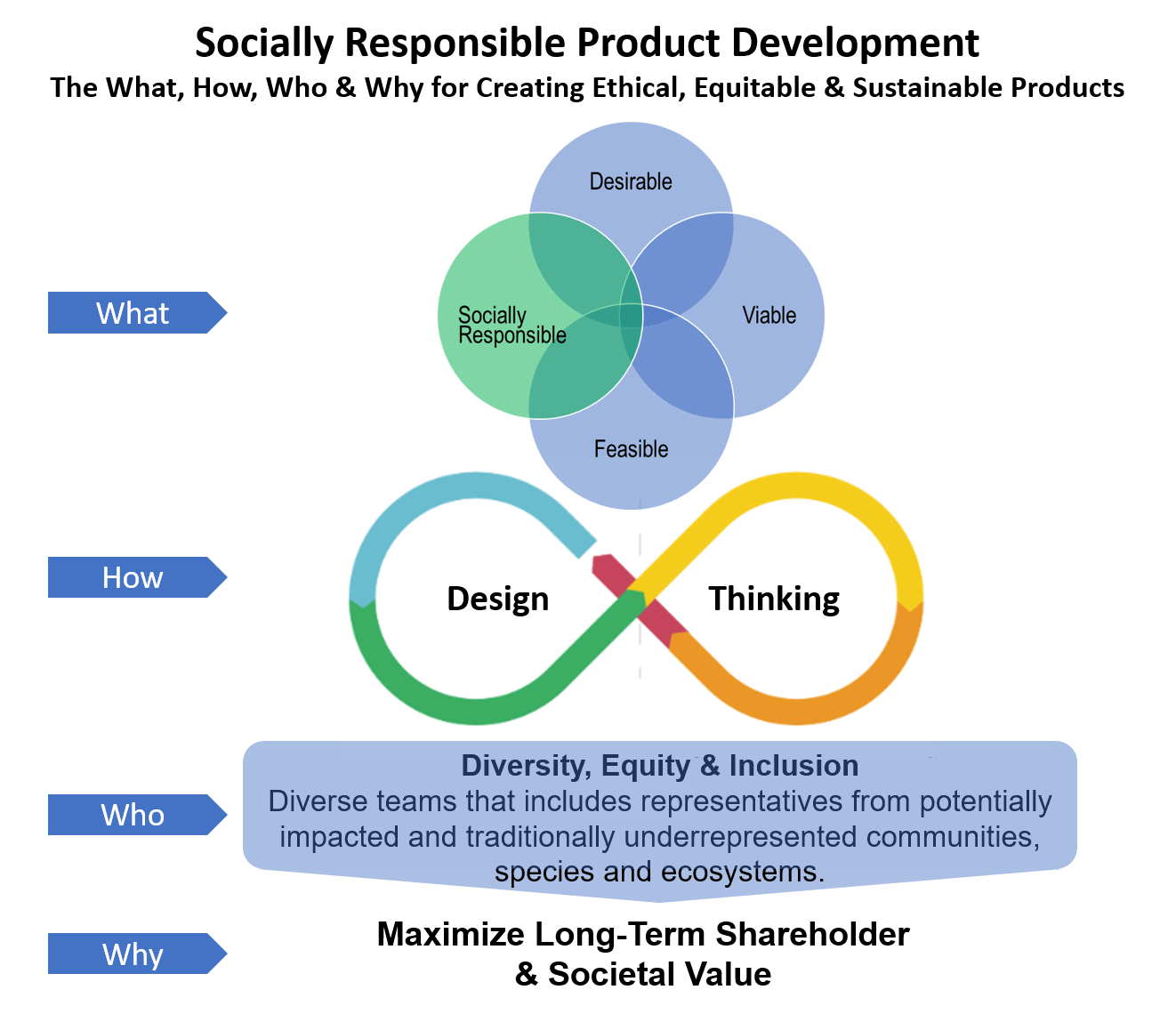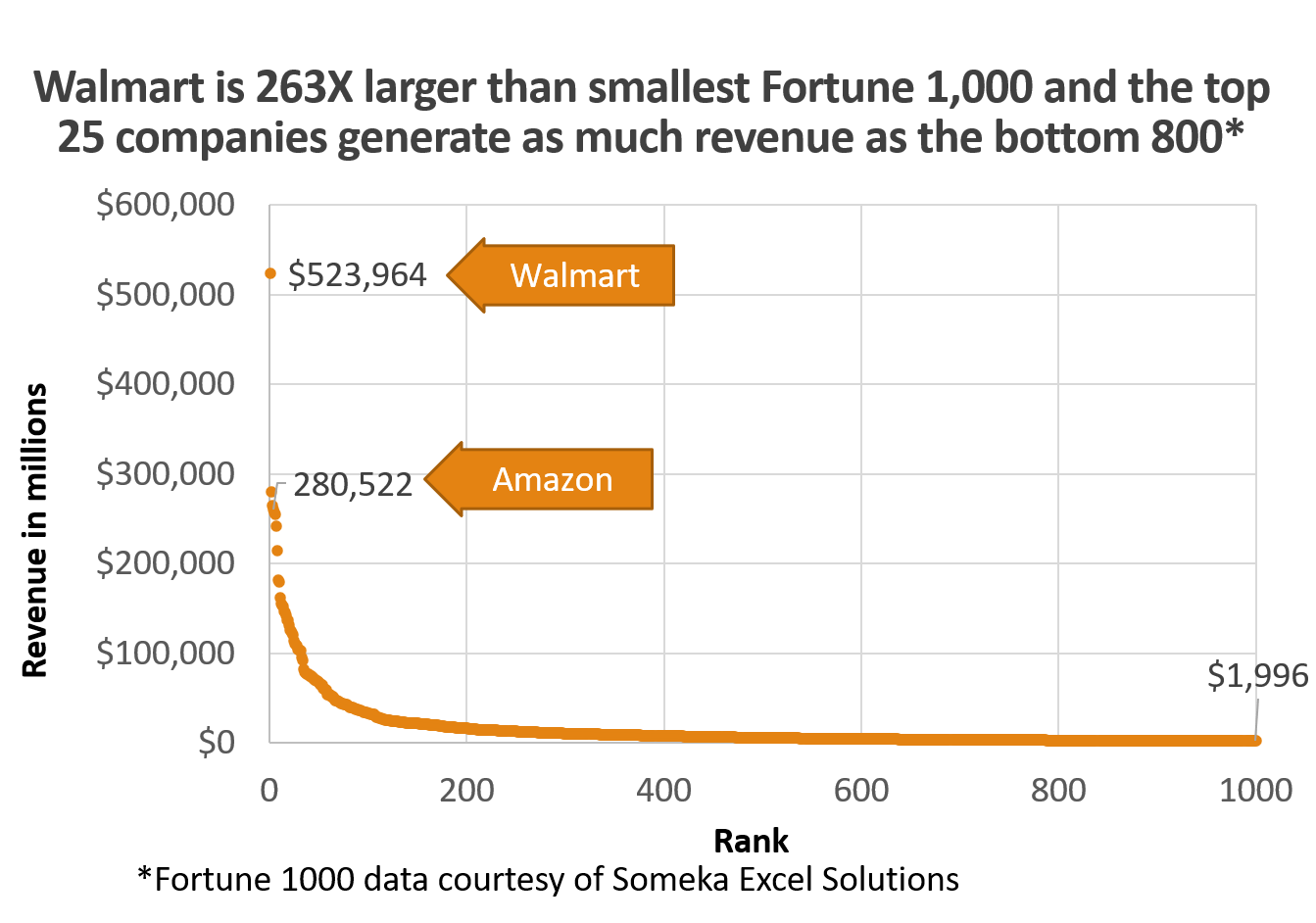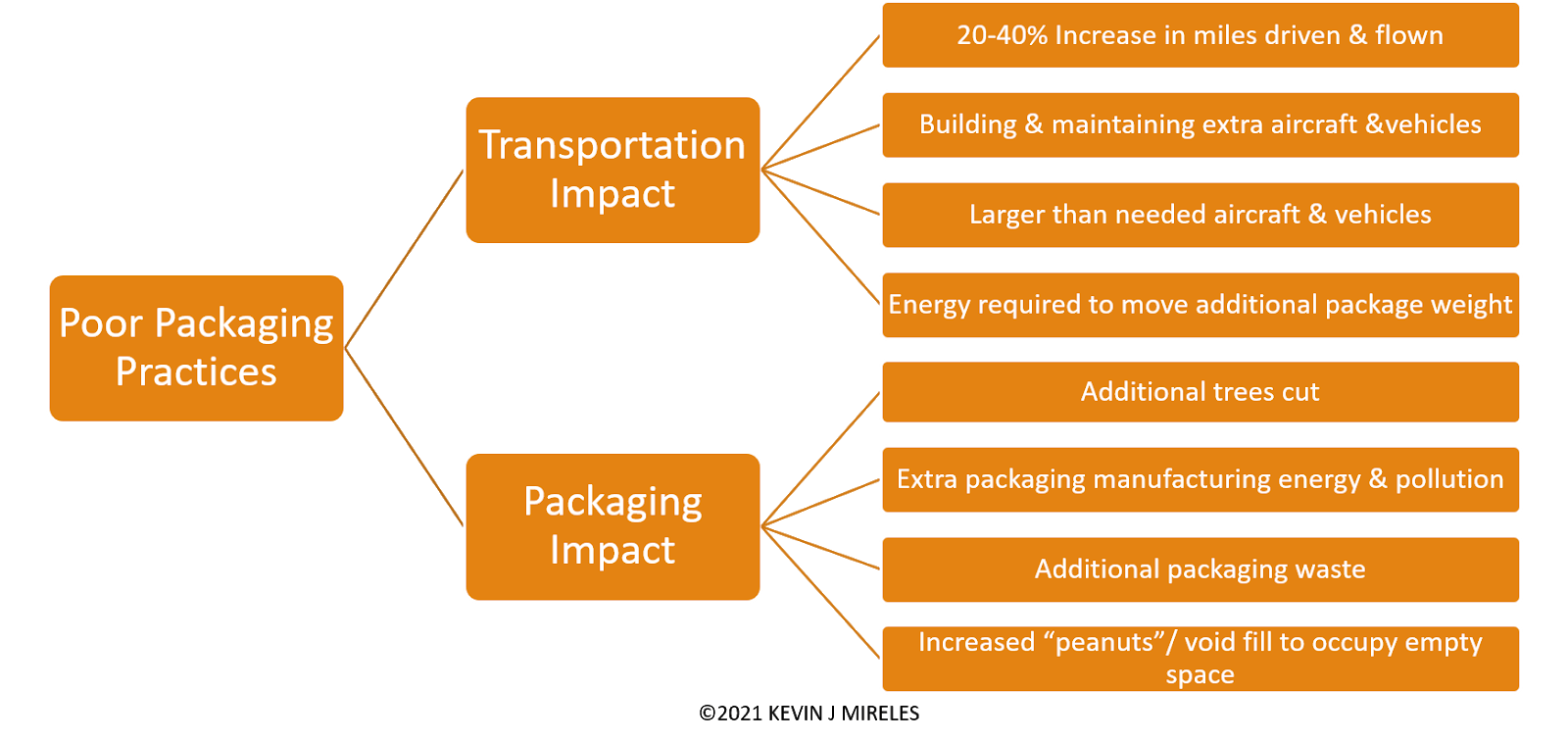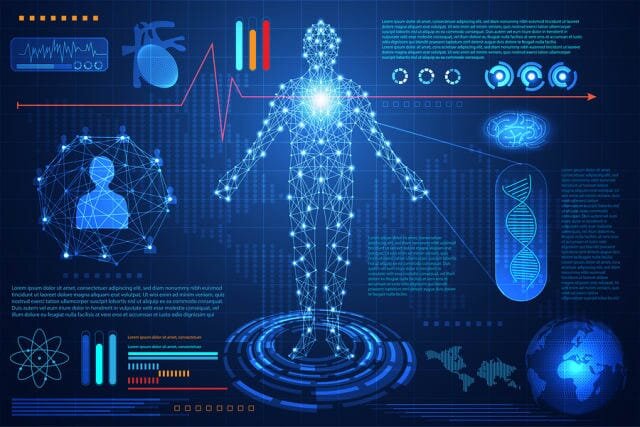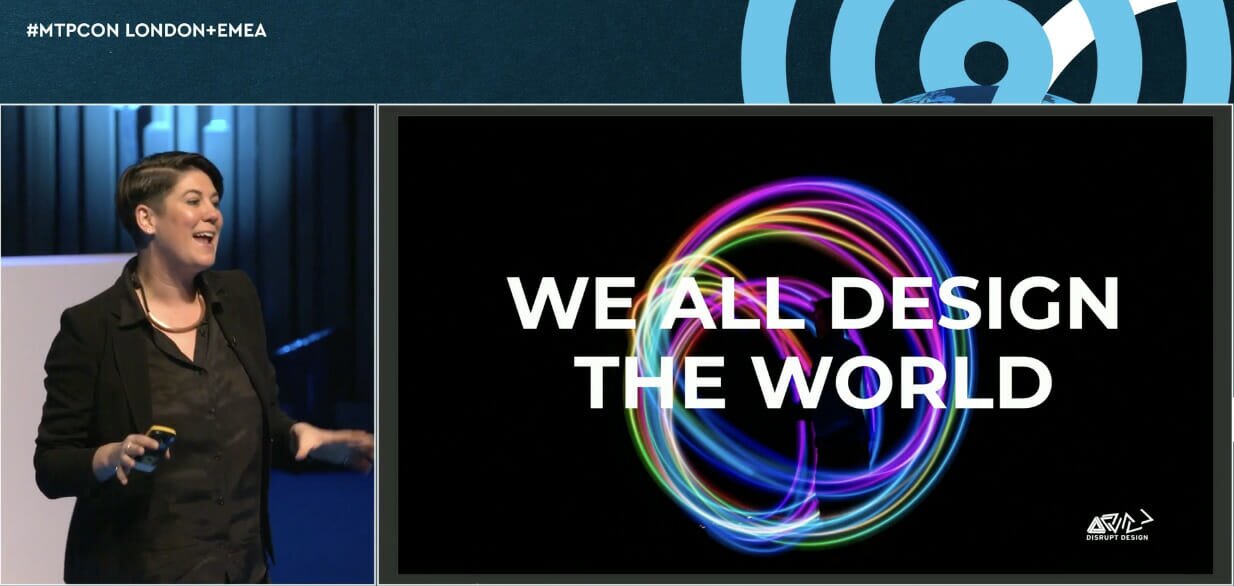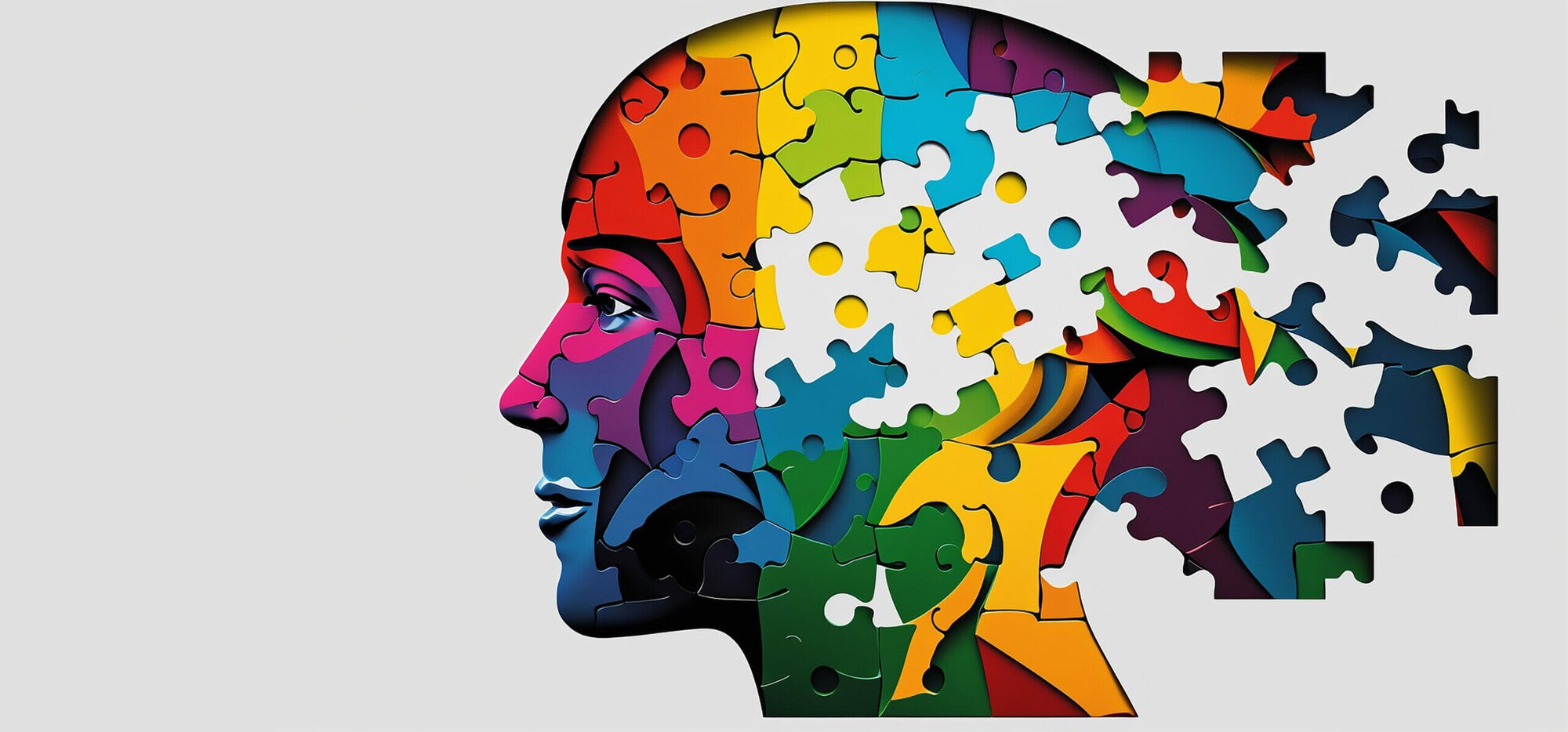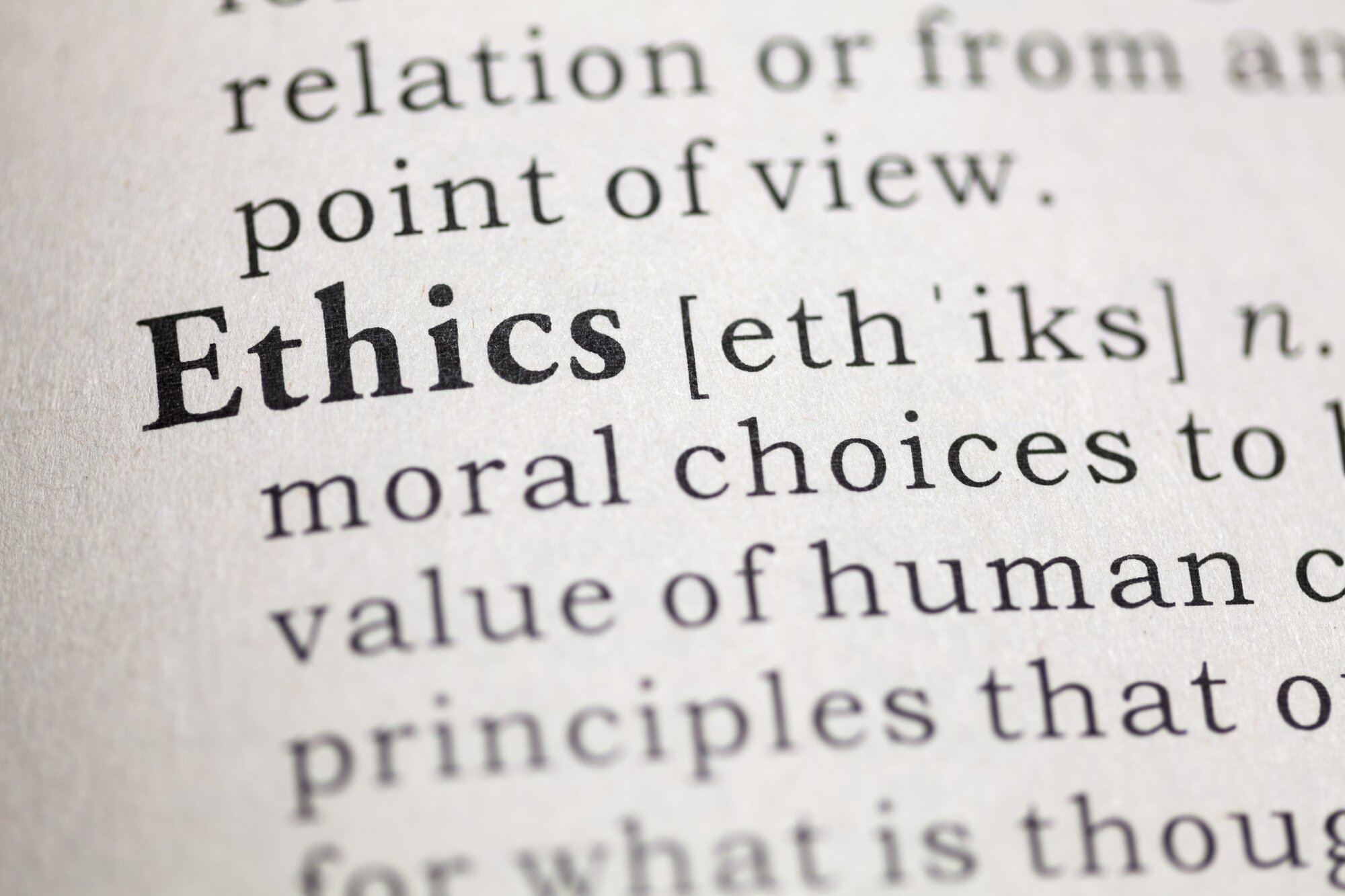It’s time to add socially responsible to the current product-development trifecta of desirable, feasible and viable.
It’s no longer enough to focus on building products that are desirable for customers, feasible to build, and viable for our organizations. We need products that are socially responsible as well.
In a world facing catastrophic climate chaos, growing economic inequality, and battling the twin pandemics of disinformation and disease, we need to explicitly design social responsibility into the product itself.
Unfortunately today, design thinking, lean, and agile — the foundations of modern product development — all fail to include social responsibility as part of their guiding principles and processes.
Ultimately, in order to develop ethical, equitable, and sustainable products, we need to integrate social responsibility into our core product development frameworks, processes, and metrics. This starts with adding a ring for social responsibility to IDEO’s famous Venn diagram.
Simultaneously, we need to embrace diversity, inclusion, and equity as foundational components required to achieve the desired socially responsible outcomes. Without diverse teams — that represent potentially impacted, and traditionally underrepresented, communities, ecosystems and species — we will inevitably overlook key opportunities and consequences resulting from our decisions.
Adding social responsibility while explicitly integrating diversity and inclusion into the most widely shared design construct is a key step toward making them part of every organization’s product development process, as opposed to largely irrelevant afterthoughts.
What is social responsibility?
Social responsibility, two simple words filled with infinite complexity. Social responsibility is no different from other human concepts like love and shareholder value. Despite the fuzziness, social responsibility is all about designing products in such a way that they minimize the negative impacts while maximizing the positive impact in regards to:
- People: Employees, families, customers, suppliers, communities, and any other person impacted by the product/organization. The goal is to improve as many lives as possible while minimizing impacts to those who can least afford the downsides.
- Planet: Air, earth, water, and all the ecosystems and species being impacted. Ideally, a product should improve the environment, but at minimum designed in such a way to reduce the impact on the environment, e.g. regenerate, reduce, reuse and recycle.
- Prosperity: Employment, wages, generating innovation, paying taxes, wealth creation, etc., so rather than just maximizing corporate profits, maximizing community prosperity.
To sum up, social responsibility requires focusing not just on short-term corporate profits and our immediate customers, but on our long-term sustainability and impact on the broader community.
And like love, there’s the utopian/ideal version of a socially responsible product. Then there’s the messy reality that most of us live in, filled with trade offs and compromises, as we work to achieve better, and vacillate between whether the glass is completely empty, half empty, half full or overflowing with promise.
Examples: Two types of companies
There are two types of companies. Those which are founded with the goal to bring socially responsible products to market, and those who already have products in the market and are looking to be more socially responsible.
The average package shipped today is between 20-40% empty space, which means tremendous amounts of waste and pollution. Packsize, CMC, Paccurate and a variety of other companies now offer rightsizing solutions, which enable their customers to save money and avoid waste, greatly reducing their impact on the environment. In essence they transformed being socially responsible from a “burden” into a boon for their customers and a booming business for themselves.
Patagonia and Lego are two companies that have been around for a long time, since before socially responsible was a corporate buzzword. Each of those companies have integrated social responsibility into every facet of their operations, reducing their environmental impacts while strengthening their brands. Both are growing like crazy. Lego grew 13% in 2020, while Patagonia grew to a nearly billion dollar business in 2019.
Why?
- It’s the right thing to do!
- It mitigates the risk and uncovers new opportunities in order to deliver long-term shareholder value.
The link between social responsibility and shareholder value
While many disagree that economist Milton Friedman was wrong to state that a corporation’s only goal was to maximize profit and shareholder value, I agree with him.
My issue with what he wrote is that he failed to define a time frame for delivering shareholder value. Is the corporation and its management responsible for maximizing shareholder value for the next millisecond, minute, day, month, quarter, year, decade, century?
If we assume the goal is to maximize shareholder value for just the next quarter, then we should eliminate all expenditures on product development and just focus on cutting costs and maximizing short-term revenue regardless of long-term risks. Who cares what happens three months from now. However, by focusing on just the short term, we almost guarantee the destruction of shareholder value in the longer term, violating Friedman’s exhortations to focus on shareholder value above all else.
On the flip side, if our goal is to maximize shareholder value over multiple decades, then who cares about what happened in a single quarter or year. In fact, long-term thinking becomes a strategic differentiator as Jeff Bezos, founder and CEO of a small trillion-dollar company, Warren Buffet, and other uber-successful executives have demonstrated.
So if our goal is to maximize long-term shareholder value, then it’s critical to integrate social responsibility into our product development framework and ultimately products in order for us to avoid the shortcomings that come with short-term thinking, and reap the benefits of designing with our children’s future in mind.
Social responsibility and delivering long-term shareholder value
First, climate-related chaos is accelerating, and therefore the very air, water, and land our economy and society rely on are beginning to fracture. It’s unleashing fires, floods, typhoons, heat, drought, rising seas and threatening our physical ability to deliver the goods and services we sell, dramatically increasing our costs while reducing our income. If we’re needlessly contributing to the crisis, then we’re ultimately destroying our own company’s value.
Second, as anyone who has ever built a product knows, it costs 10, 100, 1,000 or even a million times more to fix issues once they’re discovered in production, with the costs being in direct proportion to either the investment made in the product or the breadth of the product adoption. The dynamics are the same regardless of whether you are building cars, e.g.the Ford Pinto and exploding gas tanks, software, e.g.Facebook & disinformation, or spaceships, e.g. the Challenger disaster.
Third, corporations are a figment of our collective imagination. If we decide that the organization has become more of a nightmare than a dream and no longer delivers the type of value that we as a society desire, then we have the right to regulate, tax, sue, punish, disinvest or dissolve it altogether. On the flip side, if we decide that we like what the organization is doing, they may receive tax breaks, subsidies, increased brand awareness, along with improved pricing power and ultimately higher share prices.
Fourth, making social responsibility a key part of our product development process enables us to not just avoid risks, but to uncover new opportunities we might have overlooked in the past. While I can’t give details just yet, by applying a social responsibility lens to my work I literally uncovered a massive revenue, cost savings and sustainability opportunity in plain sight.
In summary, integrating social responsibility into the design process helps us avoid issues that destroy shareholder value while enabling us to capture new opportunities that maximize shareholder value over the long term.
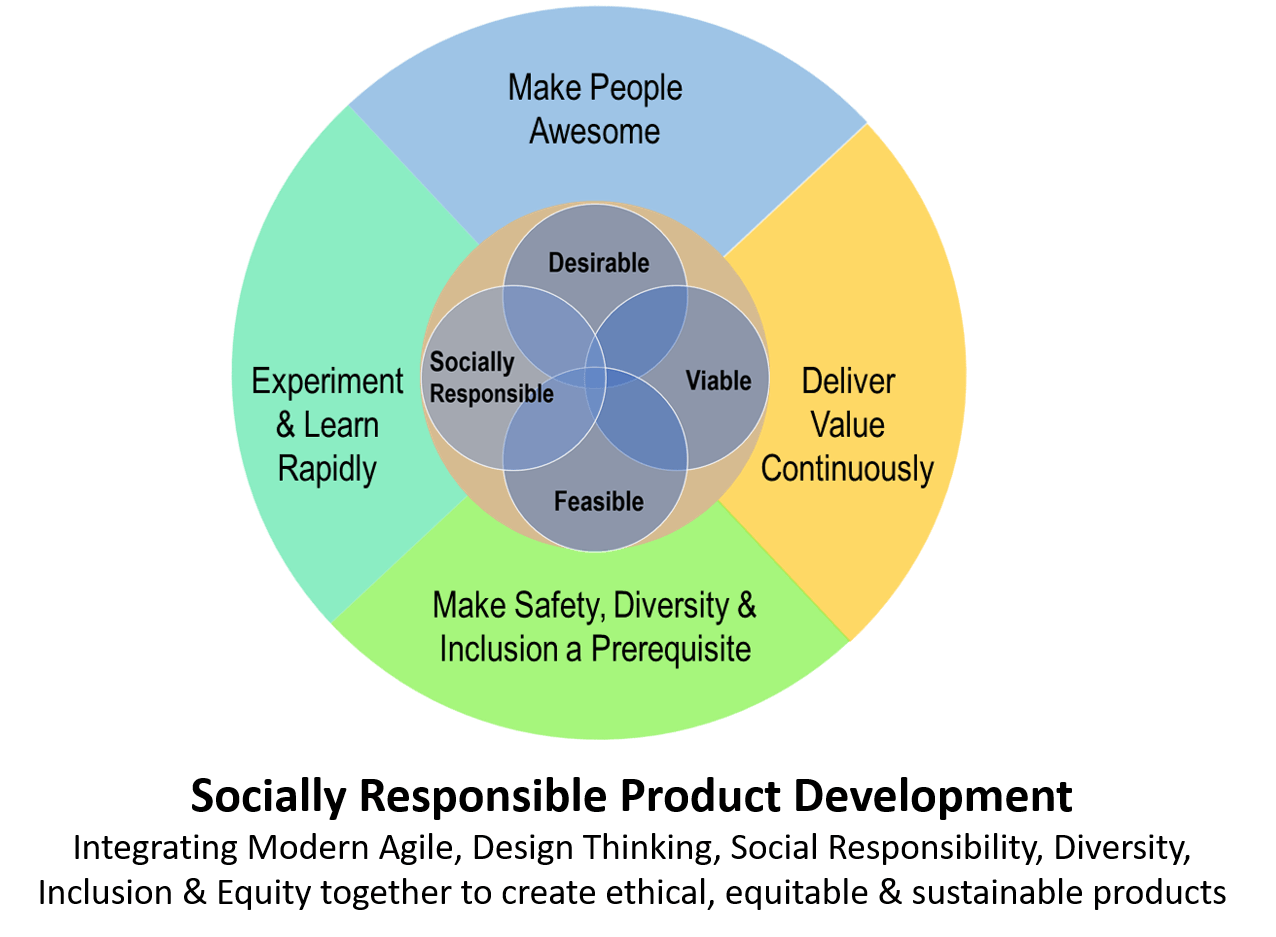
Integrate social responsibility into the product development
Like any other design challenge!
It requires systems thinking, lots of hard work, bouts of inspiration, arguing, evangelizing, etc. as we work to define how to measure a product’s social responsibility, and what skills, people and processes are required to develop more socially responsible products.
And just like the push to integrate user experience, design thinking, and agile into the product development processes, the road to add social responsibility will not be easy, nor complete for decades.
My goal isn’t to provide a roadmap regarding how to bring all the different players together, but to at least provide an initial framework that people can use to start the conversation and begin their journey toward a more socially responsible product development process and future.
A few suggestions
Ask who, what and where will be impacted
Conduct the lifecycle, market, and user-experience research required to get a better understanding of who the impacted parties will be, i.e., the people, places and species who either potentially benefit or bear the brunt of the impacts of your organization’s actions/inactions, to identify who actually needs to be at the table.
Oftentimes, this will be an iterative process, as you won’t realize who needs to be at the table until you conduct the research. Until you have different voices at the table, you won’t realize what you need to research. Remember there will be no perfect, just better,
Bring diverse voices into the product-development process early on in order to identify both opportunities and issues.
In larger organizations, start by reaching out to the organizations/groups representing sustainability, social responsibility practices and the diversity, inclusion and equity initiatives.
Today, these initiatives/organizations usually reside in separate siloes, far removed from the design and product-development processes. Bringing these two players to the table can potentially give you access to expertise and diverse voices that may be missing from your team.
Also, remember that most of these folks already have full time day jobs, and need to be compensated/rewarded for taking on extra work. It’s not fair to expect them to take on yet more work, because of the company’s failure to invest in hiring more representative staff or expertise in sustainability, etc.
Set the bar high enough so diverse and traditionally underrepresented voices can actually speak and be heard
A cookie with just one or two chocolate chips doesn't qualify as a chocolate chip cookie. Instead it’s just a lame-ass cookie. Make sure you have enough representatives with enough clout that you’re truly getting a qualified, and diverse set of perspectives.
In order to avoid the lame-ass cookie syndrome, you need enough people with enough status, and an environment that makes it safe for sharing differing perspectives. It’s not enough to have a single woman be the voice for nearly 4 billion people.
Instead, make representation a key metric that management gets rewarded and punished for, otherwise it will just be a nice to have.
Identify where the biggest potential opportunities and risks exist
Gather whatever data/research you can to better understand where the biggest opportunities and risks are. You’ll never have perfect data, but once you have some, you can begin to identify trends and validate hypotheses.
A few key things to look for are:
- Underserved communities/segments that you could grow market share in if you offered solutions and messaging that met their needs. Safaricom developed M-Pesa to serve the unbanked in Kenya and other parts of Africa and has turned that into nearly $800M in annual revenue.
- Conduct a Pareto analysis to identify where the biggest opportunities for impact are, instead of a more scattershot approach.
Also while everyone talks about the 80/20 rule, what you often see is what I call “hyper-Paretoism,” whereby just the top 1 or even .1% or .01% of whatever drive the majority of the impact. A cursory search shows how this plays out in regards to wealth, homicides in the US, health care costs and business size, so oftentimes it’s better to be laser focused on a small number of targets, than many.
Walmart, is a great example, not only is it 263 times bigger than the smallest Fortune 1,000, it’s 11 million times bigger than the average US sole proprietorship and 13,000 times bigger than the largest small business in the US, so if you can get Walmart to adopt something, the impact may be much greater than 10 million small businesses.
FInd the biggest points of leverage
Oftentimes small upstream changes can have huge downstream impacts. Find the one thing you could change that would drive a domino effect across multiple systems — either negatively or positively — and focus on solving that problem.
As this diagram illustrates, poor packaging practices not only generate a massive negative environmental impact from the creation and disposal of the packaging itself, but also drives a huge amount of waste and environmental impacts from the additional impacts it imposes on the shipping process as well.
Conduct premortems to help identify problems early on in the process
Unlike a postmortem, which comes at the end of a project to analyze what went wrong, a premortem focuses on what could go wrong early on in the project, or with the product. The goal is to identify the potential downsides of something before you introduce it into the market so you can mitigate them prior to launch.
Start off with a focus on eliminating waste, as eliminating waste is generally good for the planet and profits
Eliminating waste usually means saving money, and therefore can be relatively easy to justify. Rather than trying to sell something that has relatively squishy benefits from a finance perspective, you can show how you’re saving the company money, and the company.
Conduct a PEST analysis to understand how consumers, the environment and regulations are changing?
Just as COVID dramatically changed the world, new regulations and changes in the global environment are going to be coming down the pike that will change everything. A PEST (Political, Environmental, Societal and Technological) Analysis provides a structure to help you identify potential changes sooner than later so you can integrate them
Bottom line, don’t just focus on past industry growth rates and customer desires. Plan for dramatic changes driven by environmental changes, climate-crisis related regulations, and socio-economic adaptations all interacting with each other, e.g. climate change is causing heat waves and droughts which will in turn drive demands for regulations, which in turn will change supply chains, which will change cost structures, which will in turn change consumer behavior, and so on and so forth.
As part of a PEST analysis a few questions to ask are:
- What regulations are already on the books, or coming down the pike that may impact you?
- How do you fit in a Net Zero Supply Chain, and what changes do you need to make in order to compete in a Net Zero economy?
- How will demand and supply chains change as the cost of carbon goes up, and new regulations arise?
- As the price of carbon goes up, what new opportunities arise?
Finally, don’t wait, get started!
In summary, in order to deliver long-term shareholder value then we need to create products that maximize the benefits to our broader environment and society, while minimizing the impacts to our most vulnerable people, ecosystems and species.
Once we embrace why we need to deliver socially responsible products, the next step is to define how we execute and measure the results of our efforts, and who needs to be engaged from both a skills and life experience perspective in order to translate the vision into results.
The process will be long and challenging, but failure is not an option your company or our planet can afford. Integrating social responsibility along with diversity, inclusion and equity into our core product development frameworks won’t guarantee success, but at least provides a jumping off point to start the journey. So…what are you waiting for?


